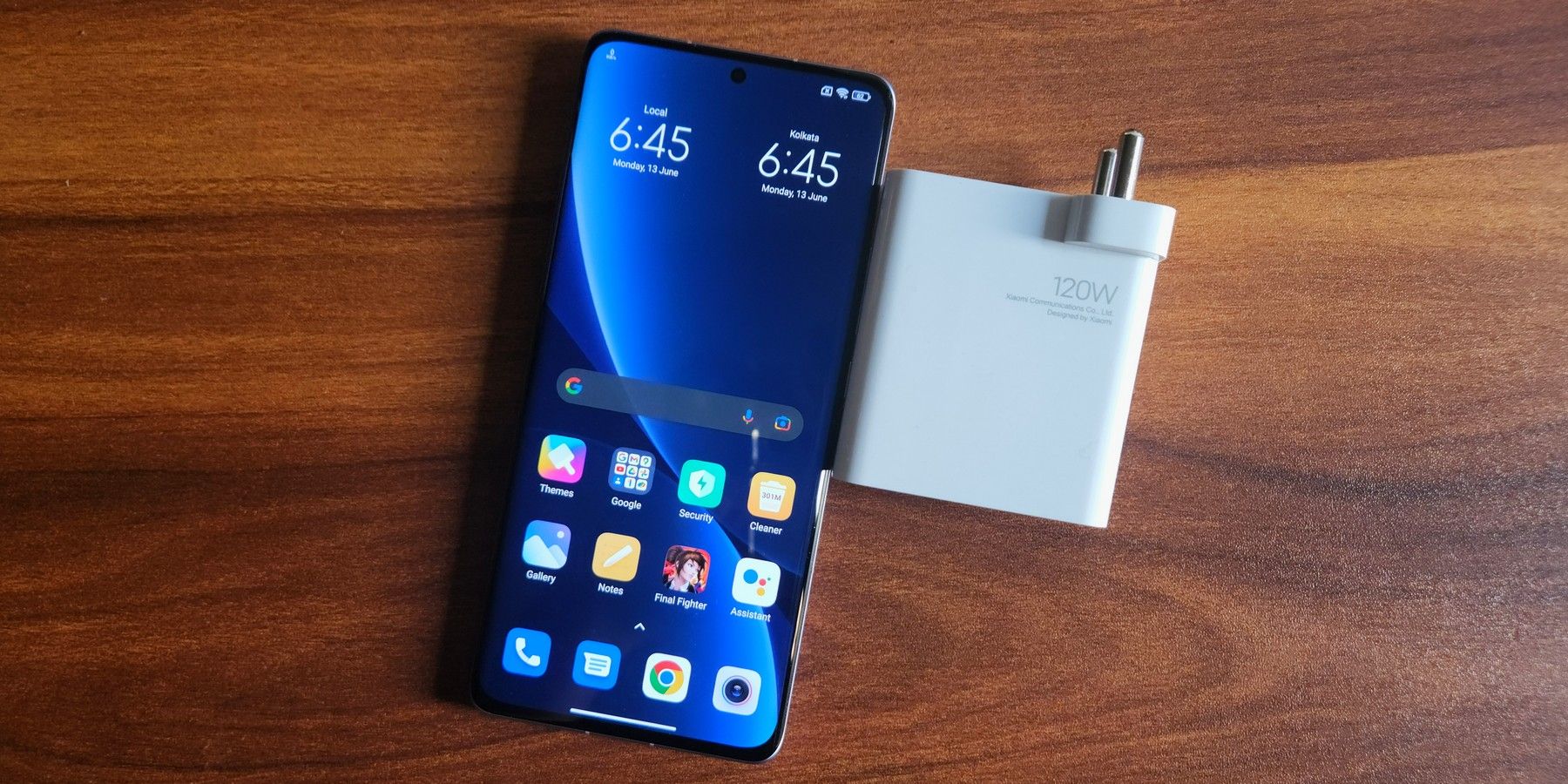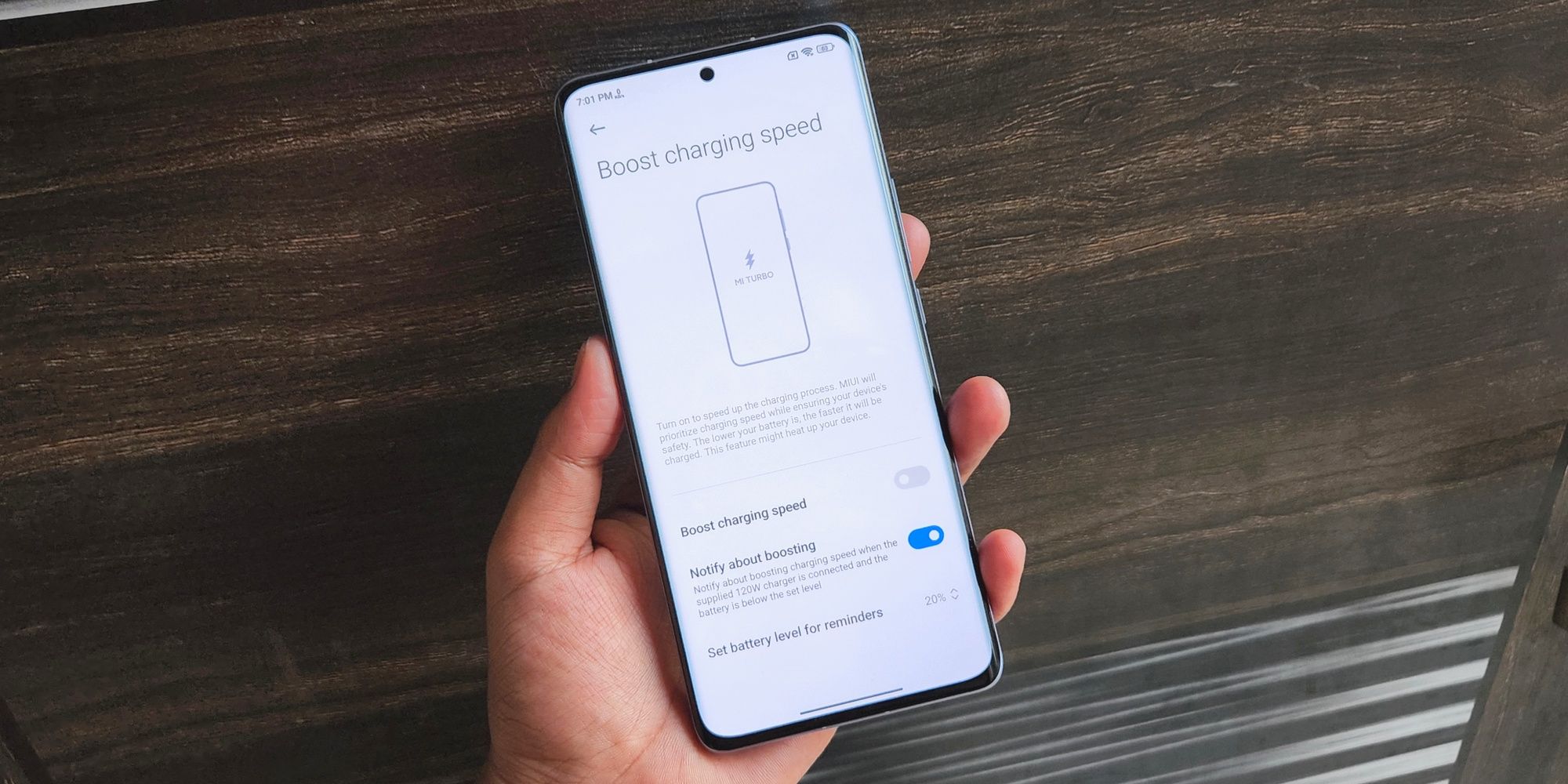Smartphone fast charging tech has witnessed a major leap in the past couple of years, and at the vanguard of innovation are a handful of Chinese brands like Xiaomi. After using the Samsung Galaxy S22 for a few months, the leap from 25W to 80W charging with the OnePlus 10 Pro was quite an eye-opener. However, the Xiaomi Mi 12 Pro flagship, which supports an astonishing 120W wired charging, has left me equally excited and concerned, due to charging at such a rapid pace taking its toll on the battery health and chemical longevity. I spoke with the product experts from Xiaomi India to get a more technical overview of how the company managed to pull it off, while also minimizing the safety risks.
Xiaomi made a handful of changes under the hood to achieve the fastest charging speeds on a mainstream smartphone. Instead of a single or dual tab design for carrying current, the company went for a multi-tab winding approach that creates shorter current paths using a system of multiple cathodes and anodes. To allay safety concerns, there are measures like automatic cutoff for overheating, circuit-level overcurrent protection, and high-temperature charge/discharge shielding. There are also a handful of real-time temperature monitoring sensors to keep an eye on heating-related abnormalities. When asked about the long-term picture, Xiaomi said the phone's battery can retain as much as 80 percent after 800 charge-discharge cycles. That translates to over two years of usage if emptying the tank and recharging every day.
Asking customers to get their phone’s battery replaced in order to preserve peak performance after just two years, especially when the phone costs around a thousand dollars, is not the best message. However, the convenience is worth it, especially if you plan to stick with the phone for two years or longer. Going from empty to the quarter mark in just five minutes is amazingly convenient. With Boost mode enabled, the Xiaomi 12 Pro regularly reached the 85 percent mark in about 15 minutes. That’s less than the time it takes for some to brew a cup of coffee. To fill the tank all the way up to 100 percent, the Xiaomi 12 Pro took around 21-22 minutes, with the average temperature rising by 5-6 degrees during that time. Of course, you don’t always need those fast and furious charging speeds, which is why Boost mode is turned off by default. Personally, Boost charge feels more like an emergency option when forgetting to plug the phone in before falling asleep and needing to refill the battery as quickly as possible the next morning.
A Charging Point Of No Return
On normal days, the regular charging mode still proved to be plenty fast. During testing, the phone averaged around 13 minutes to go from 0 to 50 percent, and took about half an hour to reach 100 percent. That’s still one of the fastest rates of charging on any smartphone. For those concerned the battery will get toasty if the phone is left charging overnight, that's where adaptive charging comes in. Adaptive charging ensures that the phone stops charging when the battery reaches an 80 percent level. It then continues to replenish the remaining 20 percent at a slower rate and before the user is expected to wake up. The adaptive charging mode also keeps the phone running at a lower temperature than Boost mode, which is not surprising.
One can make a case here that such fast charging is also a way to compensate for the quick discharge, thanks in part to power-hungry internals like Qualcomm’s Snapdragon 8 Gen 1 and a 120Hz QHD AMOLED screen. While a valid argument from a technical perspective, the convenience of quickly recovering all the lost battery juice within a few minutes is far more compelling. Plus, Xiaomi has not only reserved fast charging for its high-end offerings like the Xiaomi 12 Pro, as 120W charging can also be found on phones that cost less than half of the flagship. So, for those that want to experience the pace of 120W charging without spending top dollar, there are options out there.
Despite all the progress made in the smartphone segment in the past few years, there have been a few notable compromises along the way — such as no charger in the box and the vanishing of the 3.5mm headphone jack — that have put additional stress on the wallet of customers. With its marquee 120W charging feature, Xiaomi has taken a more pocket-friendly approach by not asking consumers to pay extra for the adapter. Unlike Samsung and Apple, Xiaomi includes the 120W charging brick in the retail package. It is great to see that a smartphone maker isn’t putting a price on the best feature offered by its flagship, or a mid-ranger like the Mi 11i Hypercharge. I'm already sold on the sheer convenience of Xiaomi's 120W fast charging, especially with the safety and longevity-enhancing systems in place, and as long as other brands don’t charge extra for the experience, I don’t see a rationale for stepping back down again.
Source: Xiaomi


